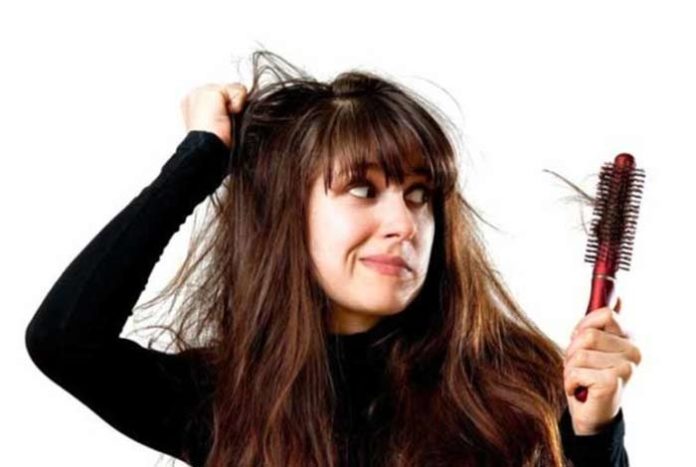
Baldness is not an issue only for the men. Many women do face hair loss that could be hereditary. It really affects the self-esteem of women and they may find it stressful, considering there is only one medicine approved by the U.S. FDA to help treat their condition. A new treatment is, however, in the pipeline.
A research, published in the International Journal of Dermatology, considered a new combination treatment for female pattern baldness effective yet safe. The study examined 100 women with female pattern hair loss.
Each woman consumed a capsule containing 25 milligrams of spironolactone and 0.25 milligrams of minoxidil for a period of one year. The capsules were consumed once in a day.
These drugs prevent hair loss and also promote the growth of hair in some females when taken separately. In combination, their effects possibly increase. This combination of spironolactone and minoxidil is quite well tolerated by women. Dr. Rod Sinclair, lead author of the study, said that not only do they prevent loss of hair, but it was found that they helped regrow hair in many women.
Within three months of the treatment, it was noticed that they shed less hair, The hair density also improved in the next six months of the beginning of the treatment. As a follow up to the study, Sinclair has initiated phase 2 clinical trials. These trials are expected to be completed in six months.
He adds that once they obtain the results of phase 2 trials, they will approach the U.S. FDA to get the drug evaluated so that the treatment could be introduced to women suffering from hair loss in the U.S. as well globally.
Not-So-Serious Side Effects
Dr. Amy McMichael from Wake Forest School of Medicine said that this study is a great contribution to the arena of female pattern baldness.
For assessing the density and shedding of hair among the participants, Sinclair used clinical grading scales that were developed in the previous studies.
The participants were also examined for the side effects. They were inquired about the unpleasant symptoms, blood pressure was monitored and the doctors also conducted regular blood tests.
Around 8% of the women developed side effects like growth of hair on the face and hives, and low blood pressure. These side effects were not of major health concern and only around 2% of the women stopped the treatment before than the regular course.
To prevent side effects from oral minoxidil, it was given in lower doses to the study participants. Some people needed to take extra care before adding spironolactone and minoxidil to their medicine regimen.
Spironolactone and minoxidil are both prescription medicines and they have many drug interactions. People, who are on medication for high BP or palpitations may need to alter their existing medications.
Limited Options for Treating Female Pattern Baldness
As of now, the only treatment for female pattern hair loss is topical minoxidil. A 2% and 5% solutions are available. However, there are many non-FDA approved treatment like platelet-rich plasma injections, oral 5-alpha reductase inhibitors, surgical transplantation and hair therapy.
Some women may even need counseling to deal with the emotional and social consequences of hair loss. There could be some other health conditions that may trigger loss of hair and this must be treated in the first place.
Consult Your Doctor
If you are worried about hair loss, McMichael advices that you must make an appointment with your doctor or dermatologist. The doctor will carry out requisite lab tests like iron profile or thyroid hormone levels. Some women have hair loss, known as telogen effluvium, in which, hair loss occurs for a duration of three months after a period of mental stress.
Stress could be linked with childbirth, infection, surgery or any other medical reason. Some particular types of medications can also cause thinning of hair. If the underlying medical cause is treated the hair loss can be improved. If something else is causing the issue, a doctor will use a hair pull test or magnified photography to determine the exact cause.
Knowing that many types of hair loss are curable and new treatments for hair loss are being continually explored.




